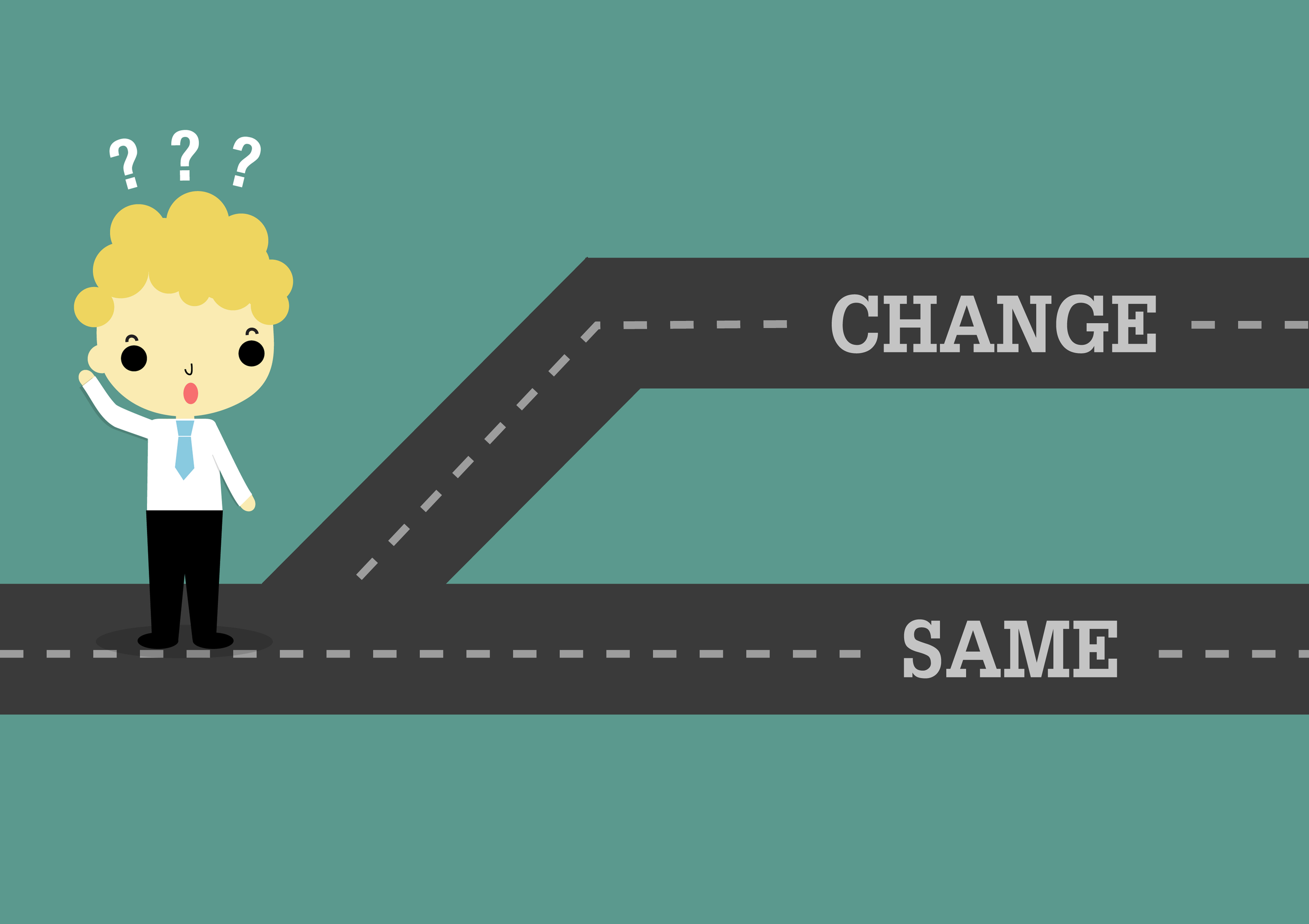Welcome
back! But first let me ask you something first. Would you rather sink or swim?
Swim, am I right? Exactly!
 So now you are probably wondering why I asked
you that? David kirk (2012) suggests that there are three future for physical
education. He suggests that we can have more of the same, drastic reform or
complete extinction. I agree to a certain extent. I believe that there are only
two outcomes for PE. If we stay the same and continue to do what we have done
in the past, I feel this will lead to the extinction of PE. However, reform is
already taking place with the new LCPE curriculum so why now swim with it. Why
not change and adapt to the new curriculum and make PE better, more enjoyable
and sustainable for our future generations.
So now you are probably wondering why I asked
you that? David kirk (2012) suggests that there are three future for physical
education. He suggests that we can have more of the same, drastic reform or
complete extinction. I agree to a certain extent. I believe that there are only
two outcomes for PE. If we stay the same and continue to do what we have done
in the past, I feel this will lead to the extinction of PE. However, reform is
already taking place with the new LCPE curriculum so why now swim with it. Why
not change and adapt to the new curriculum and make PE better, more enjoyable
and sustainable for our future generations.
So
why change you might ask? Why not I say. As a country Ireland is extremely
resistant to change and our education system seems to be even more reluctant to
change. However, changing curriculum is only half the battle as we need
teachers to change also, this is where me and you can make a difference. With
childhood obesity at an all-time high, we as physical educators need to try and
intervene and prevent these figures from rising. Clearly what we are doing now
is not working as these figures continue to rise. There is an urgent need for
change. ‘Overweight and obesity are major risk factors for a number of chronic
diseases, including diabetes, cardiovascular diseases and cancer. Overweight
and obesity are now dramatically on the rise in low- and middle-income
countries.’ (who 2018). If that doesn’t justify a need for change I don’t
know what will. Teachers who are established
in the school are comfortable doing what they have always done, it is our job
as newly qualified teachers to challenge these norms and persuade them to
change.
What can we change? With this fantastic new LCPE curriculum at our fingertips we need to adapt and change our teaching style for it to work. Traditional throwing in the ball simply won’t work. If you haven’t yet read through the new LCPE curriculum, here is a link for you to have a read https://pdst.ie/sites/default/files/Final%20Spec%20for%20LCPE.pdf . I was lucky enough to team teach the new LCPE on my teaching practice on my school placement before Christmas. The new curriculum has potential for huge changes to the norm of physical education. With an emphasis on flexibility and choice it almost hands the development of the curriculum back to schools and the community. As outlined in the Fullan and Miles paper "all large-scale change is implemented locally" (Fullan&Miles, 1992). We must adapt and change our teaching strategies to suit our community. Its not going to be easy, but I invite you to take the challenge.
Often, people’s reason for not changing is our time constrains. They argue that we only see the class for an hour a week and that this will have little impact on their behaviours. I disagree with this. As part of my LSP placement, I am doing physical activity with patients in a psychiatric ward for an hour a week. I have done four weeks with these patients and I can already see a huge change in the patient’s attitude towards physical activity. So, I would argue that it is not the amount of time allocate it’s the quality of the lesson.
In
the future as a newly qualified PE teacher I will always continue to promote
change within PE to educate the students to the best of my ability and maximise
participation in physical activity. I will continue to adapt to the changing
society around me through regular reflection. That is all for now.
Until next
time! Goodbye and good luck for now!
References
·
Kirk, D., 2012. Defining
physical education (Routledge revivals): The social construction of a school
subject in post-war Britain. Routledge.
·
Fullan, M.G. and
Miles, M.B., 1992. Getting reform right: What works and what doesn't. Phi
delta kappan, 73(10), pp.745-752.
·
World Health
Organization. (2018). Physical activity. [online] Available at:
http://www.who.int/topics/physical_activity/en/ [Accessed 05 March. 2019].
